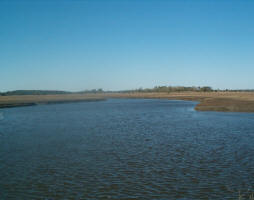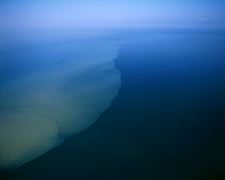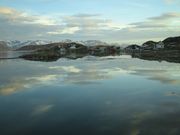- Regional water observation mechanism
- Regional Cooperation Assessment
- Water Quality Monitoring (JP)
-
Water scarcity and drought (JP)
- WG meeting, Madrid, 2010-02-17
- Water Scarcity Private Area
- WG meeting, Seville, 2007-06-19
- WG meeting, Brussels, 2006-09-26
- Water Scarcity and Drought Survey (2007)
- Phase I documents 2004-2006
- EU WG on Water Scarcity and Drought
- 20100217
- Background documents
- Desertification, Drought and water scarcity
- EC Expert group on WS&D meeting, Venice 13-14 October 2011
- Halting desertification in Europe
- Water Security
- Groundwater (JP)
- Waste water reuse (JP)
- Shared Water Resources Management (JP)
- Linking rural development and water management (JP)
- Waste management
- Water institutions
- Climate Change
- Floods
- Desalination
- Right to Water
- Irrigation
- Satellite data
- Water reports & data
- Hydrology
- Sanitation
- Gender and IWRM
- ArabWAYS
- Non-Revenue Water
- Virtual Water & Water Footprint
- WANA Water Panel
- Water Demand
- Water Governance
- Water Pricing
- Water accounts
- Water nexus Energy
- Geosciences
- Rural Management
 Publications related to water scarcity
Publications related to water scarcity
(unesco-waterportal-en)
| Released | 20/03/2007 |
|---|
PUBLICATIONS RELATED TO WATER SCARCITY
Challenges of Water Scarcity: A Business Case for Financial Institutions
By the United Nations Environment Programme Finance Initiative (UNEP FI) and the Stockholm International Water Institute (SIWI). © 2005 UNEP FI - SIWI
The overall purpose of this report is to mobilise the financial sector to pay greater attention to the global challenges of water scarcity. The case for the financial sector is premised on the notion that water scarcity challenges pose considerable and different type of risks and opportunities for financial institutions and for their clients in many regions of the world.
Financial institutions which assume the risk of companies and projects, can exercise considerable influence – and in some cases control - over investment and management decisions that could be brought into play for the benefit of both their clients and water sustainability.
:: Access the full publication [PDF format – 2.02 MB]
http://www.wbcsd.org/web/publications/challenges_water_scarcity_2005.pdf
Water resource scarcity and conflict: review of applicable indicators and systems of reference
By Pal Tamas. © 2003 UNESCO
The abundance or scarcity of resources decides what direction the development of a society will take. Imbalances, not only of scarcity but of abundance also, may distort environmental and socioeconomic policies, leading to social friction, though newer approaches to social problems do not see scarcity as leading necessarily to conflict.
This article considers conflict resolution capabilities, in particular the institutional dimensions, comparing capacities in developed and developing countries. The article presents mostly tools for large-scale change, but the relevance of incremental advances is also considered. Early warning models to predict the likelihood of conflict are compared, as are risk-assessment models such as that of the Minorities at Risk Project and conflict prevention trajectories to identify ‘preventors’ of conflict.
:: Access the full publication [PDF format – 806 KB]
http://unesdoc.unesco.org/images/0013/001333/133307e.pdf
 you are not logged in
you are not logged in





